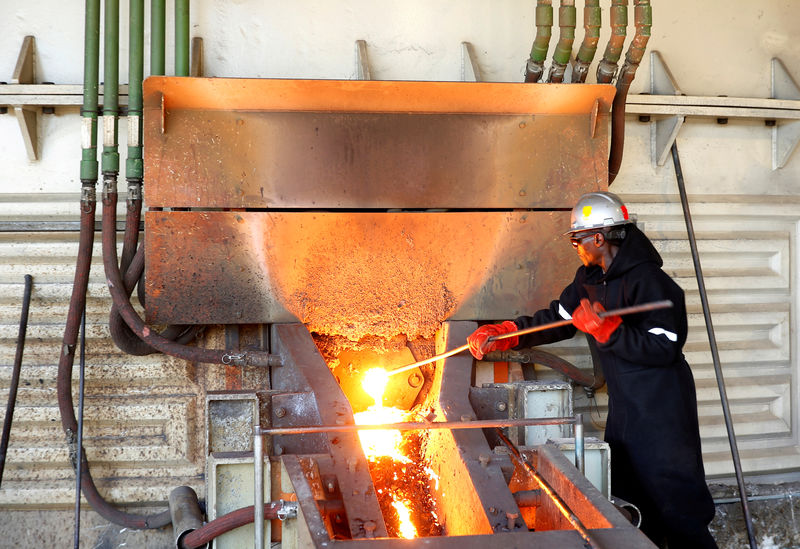Platinum Market to Continue Experiencing Supply Deficit in 2025: UBS
The platinum market experienced an open shortage of 661,000 ounces in the first three quarters of the year, yet prices fell by approximately 6%. According to UBS, this unexpected trend can be attributed to the fabrication balance, which measures supply against industrial and jewelry demand while excluding investment needs.
Throughout the year, the fabrication deficit totaled 307,000 ounces, comprising a significant shortfall of 336,000 ounces in the first quarter, a small deficit of 5,000 ounces in the second quarter, and a surplus of 34,000 ounces in the third quarter.
Investment demand for platinum weakened in the third quarter, decreasing by 226,000 ounces, likely impacted by deteriorating market fundamentals. Meanwhile, mine supply increased by 7% year-on-year in the third quarter, rising to 1.48 million ounces. This increase was largely driven by a recovery in South African production, which rebounded by 9% year-on-year to 1.07 million ounces following previous power outages that had affected output.
On the demand side, industrial usage rose by 15% year-on-year, reaching 570,000 ounces; however, the glass sector showed particularly weak demand conditions in the third quarter of 2023. In contrast, automotive sector demand fell by 3% year-on-year in the third quarter of 2024, dropping to 750,000 ounces due to a sluggish European market.
These figures were provided by the World Platinum Investment Council (WPIC). On a more positive note, jewelry demand increased by 7% year-on-year to 480,000 ounces, marking the fourth consecutive quarter of annual growth.
Looking ahead, both UBS and WPIC anticipate that the open supply shortage in the platinum market will continue. WPIC forecasts a shortfall of 539,000 ounces for the next year. UBS predicts that the ongoing slower rollout of electric vehicles will help sustain autocatalyst demand, leading the market to continue experiencing supply shortages into 2025. Hybrid vehicles, which include both internal combustion engines and catalytic converters, are currently more popular among consumers than fully electric vehicles.


